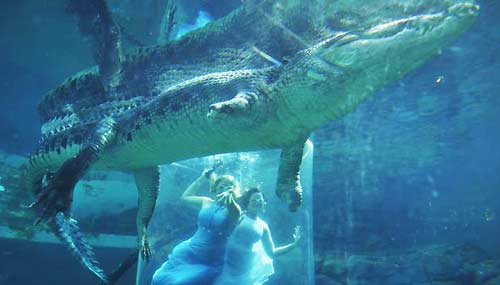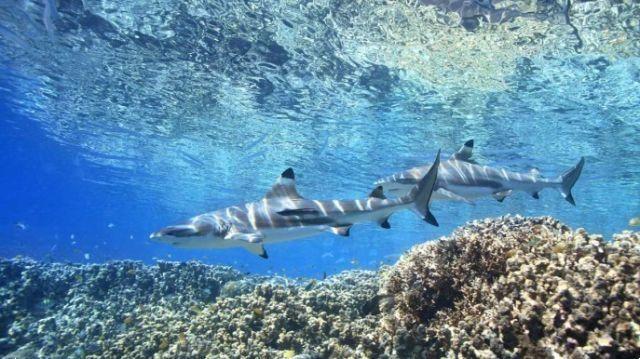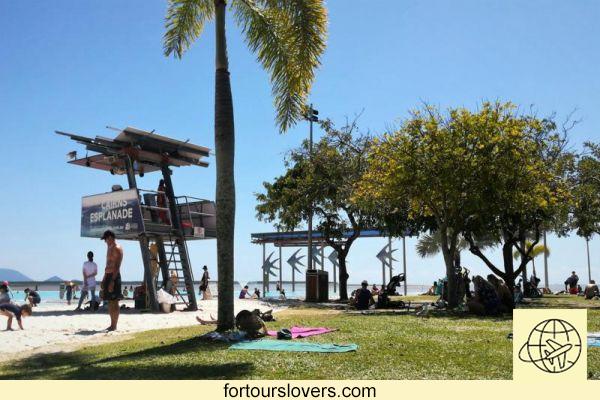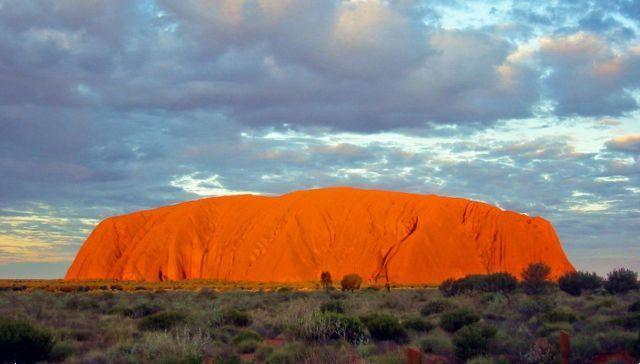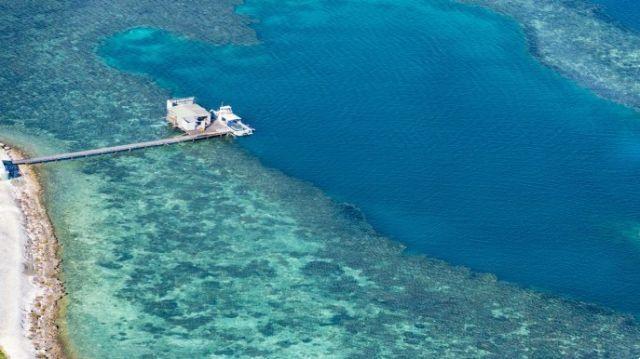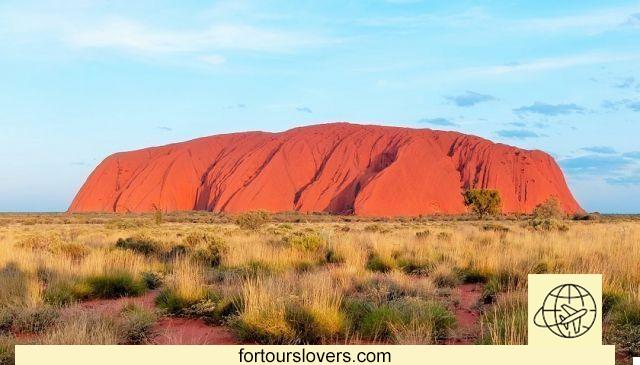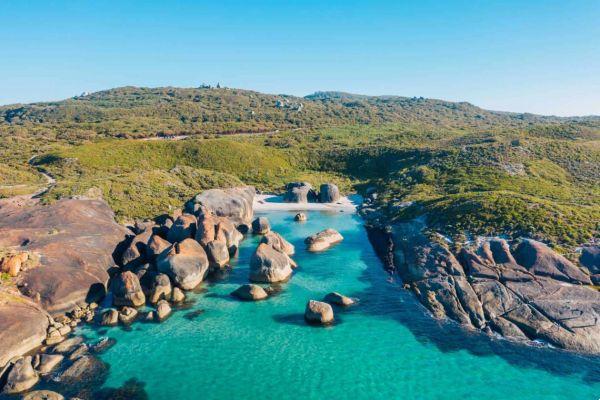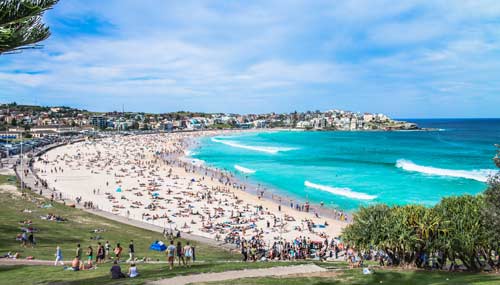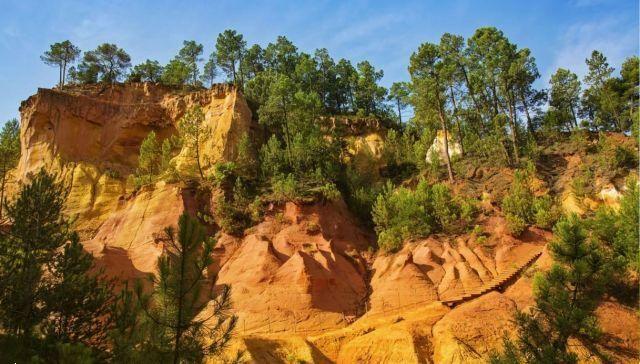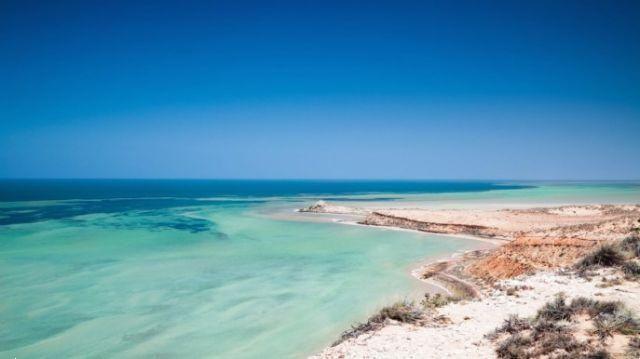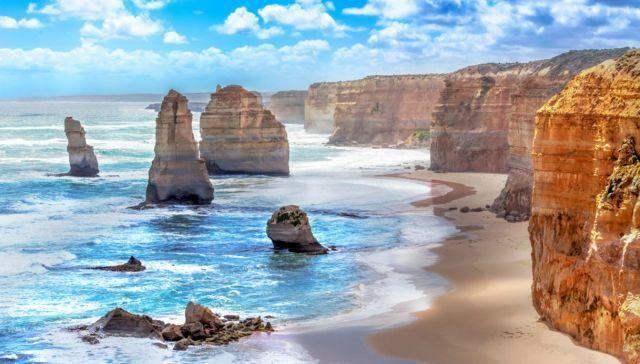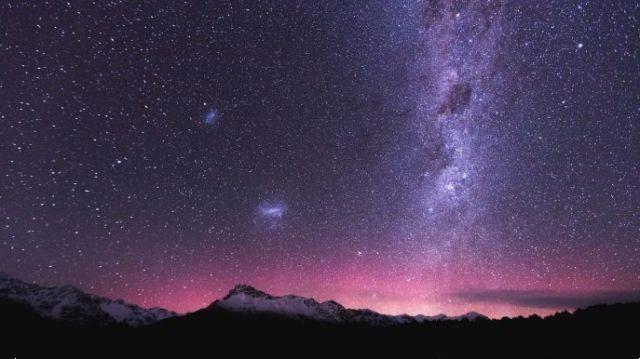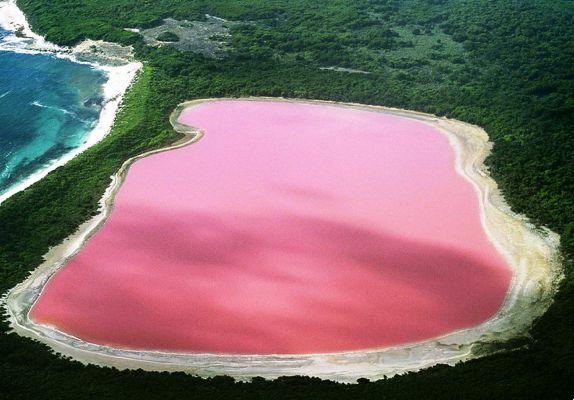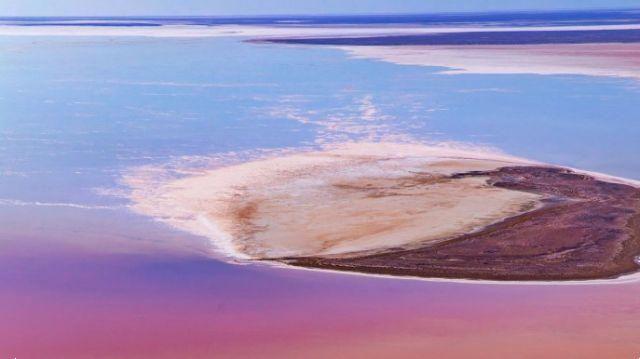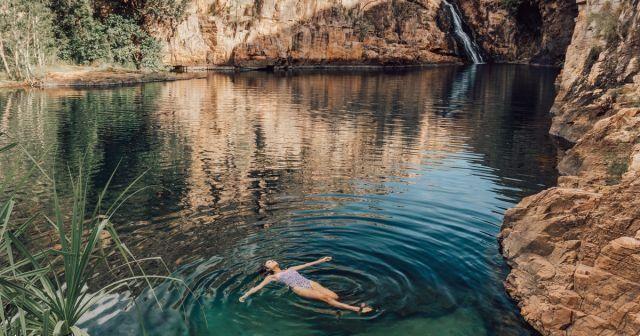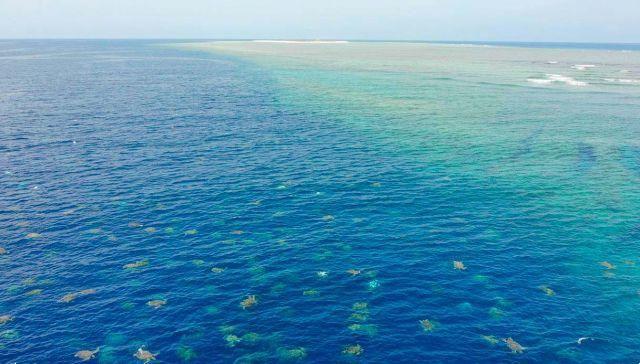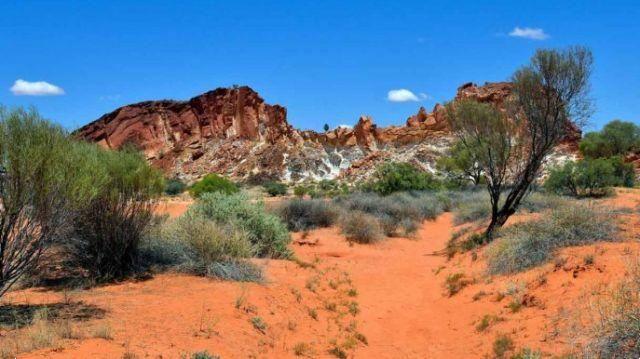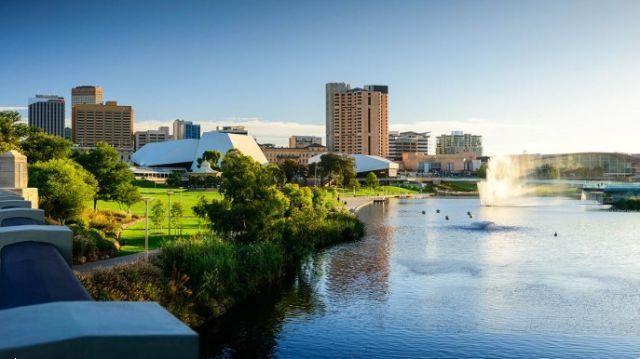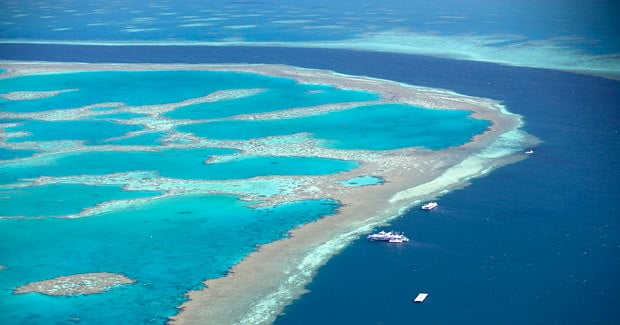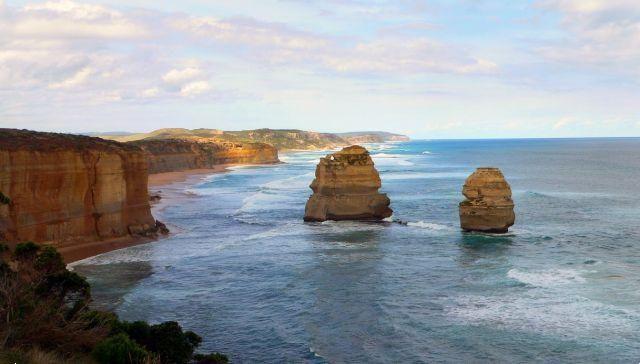 How to get there and what to do in Australia, climate and attractions of the immense Oceania island discovered by the British explorer James Cook.
How to get there and what to do in Australia, climate and attractions of the immense Oceania island discovered by the British explorer James Cook.
The largest country in Oceania, Australia, covers a vast, largely uninhabited territory crossed by Tropic of Capricorn which presents a great variety of climatic situations from desert to tropical climates. It is a Commonwealth country still under the rule of the British crown which attracts thousands of tourists every year attracted by the possibility of admiring unique land and sea panoramas, observing and meeting exotic animals, doing adrenaline-filled sports, visiting lively and modern cities.
The air journey to reach Australia from Italy lasts over 20 hours and generally requires an intermediate stopover at airports in other European or Asian cities, with destination Melbourne or Sydney. For internal travel, if you wish to reach the most interesting attractions of the country, you can use local and low-cost airlines that guarantee connections between Australian cities and the main tourist destinations.
Ancient British penal colony, Australia at the arrival of the European explorers it was inhabited by a population of hunter-gatherers called "aboriginals" by the newcomers, whose cultures and traditions were the subject of interest and study by anthropologists and ethnographers from all over the world. The country will amaze you with its large and dynamic cities such as modern Sydney, the beautiful and wild native lands, the sandy coasts and coral ecosystems. In this guide to Australia, we will discover curiosities, climate, unmissable attractions and attractions of the area.
Sydney: Opera House and other wonders
The overlapping shell structure of the Sydney Opera House is a constant in postcards of the city and one of the most photographed subjects by tourists who reach this modern urban center in southwestern Australia with its mild climate. Capital of the State of New South Wales, Sydney is an important economic, financial and cultural centre. A short distance from the city, a Bondi Beach, there is no shortage of splendid sandy beaches overlooking the ocean for the traveler to rest and high waves for surfers.
In the city, admire the opera house building designed by Danish architect Jørn Utzon, inaugurated in 1973, sitting on the seaside platform in front. Then continue your visit with a stop at the futuristic Sydney Harbor Bridge and the cathedral and minor basilica of Saint Mary. You are in Australia so don't miss the opportunity to immerse yourself in the cultural climate of its liveliest metropolis; among the museums we recommend the Sydney Museum, the Maritime Museum and the Art Gallery New South Wales.
Uluru-Kata Tjuta National Park
Raise your hand if you have never seen a photograph of the majestic Uluru, monolith which stands out against the flat horizon of the Uluru-Kata Tjuta National Park. The spectacular massif, located in central Australia, in an area with a substantially dry semi-desert climate but with notable temperature variations, is not only a peculiar rock formation, but above all the setting for rites, ancient beliefs and traditions of the Anangu aborigines .
Melbourne and the Twelve Apostles on the south-east coast
Also worth a visit is the largest city in the State of Victoria, Melbourne, founded in the first half of the 19th century with the name of Dootigala: you will appreciate the architecture of the private buildings in the historic centre, in their typical Victorian style as well as the very modern graffiti of Hosier Lane, the most original in Australia. The climate in the city is capricious and changeable so there is perhaps no better time to go. Athletes will appreciate the chance to watch the grand prix here formula 1 in the Albert Park circuit, in spring; or at the competitions of Australian Open of tennis, in January.
Around Melbourne, reach the Twelve Apostles Marine National Park, about 4 hours' drive from the city. A journey perhaps a little long but it is worth tackling it not only for the charm of the destination but also for the wonderful panorama that you can enjoy along the Great Ocean Road, on the journey between the two locations. Upon arrival, 12 Apostles await you, i.e. 12 rocky masses that emerge from the ocean floor along the southwestern coast of Australia, created by erosion caused by water, winds and climate over millions of years.
The Great Barrier Reef
Opposite the north-eastern coast of the Australian state of Queensland lies another of the wonders of this large and distant country: the Great Barrier Reef. Over 2000 km of coral seabed, islets, fish, molluscs and water mammals swimming in the largest ecosystem of this kind in the world. In one of the most incredible marine parks in Australia you will be able to experience, climate and weather conditions permitting and in a responsible and environmentally friendly way, a great variety of activities, from snorkelling to diving, from helicopter tours to boat tours… Excursions depart from locations such as Cairns, Port Douglas, Mission Beach, Townsville.
Barossa Valley e Adelaide Hills
In South Australia, the climate and temperatures create the ideal situation for growing grapes and producing wine. In this area, particularly around the city of Adelaide, near the southern coast of the country, there are some of the best-known wineries in the world. Wines of the well-known Penfolds brand have been produced in the Barossa Valley and the Adelaide Hills since 1844. Plan a stop at Penfolds Magill Estate, where during organized tours you can discover the secrets of Australian viticulture and winemaking and taste the excellent wine from the brand's cellar.




